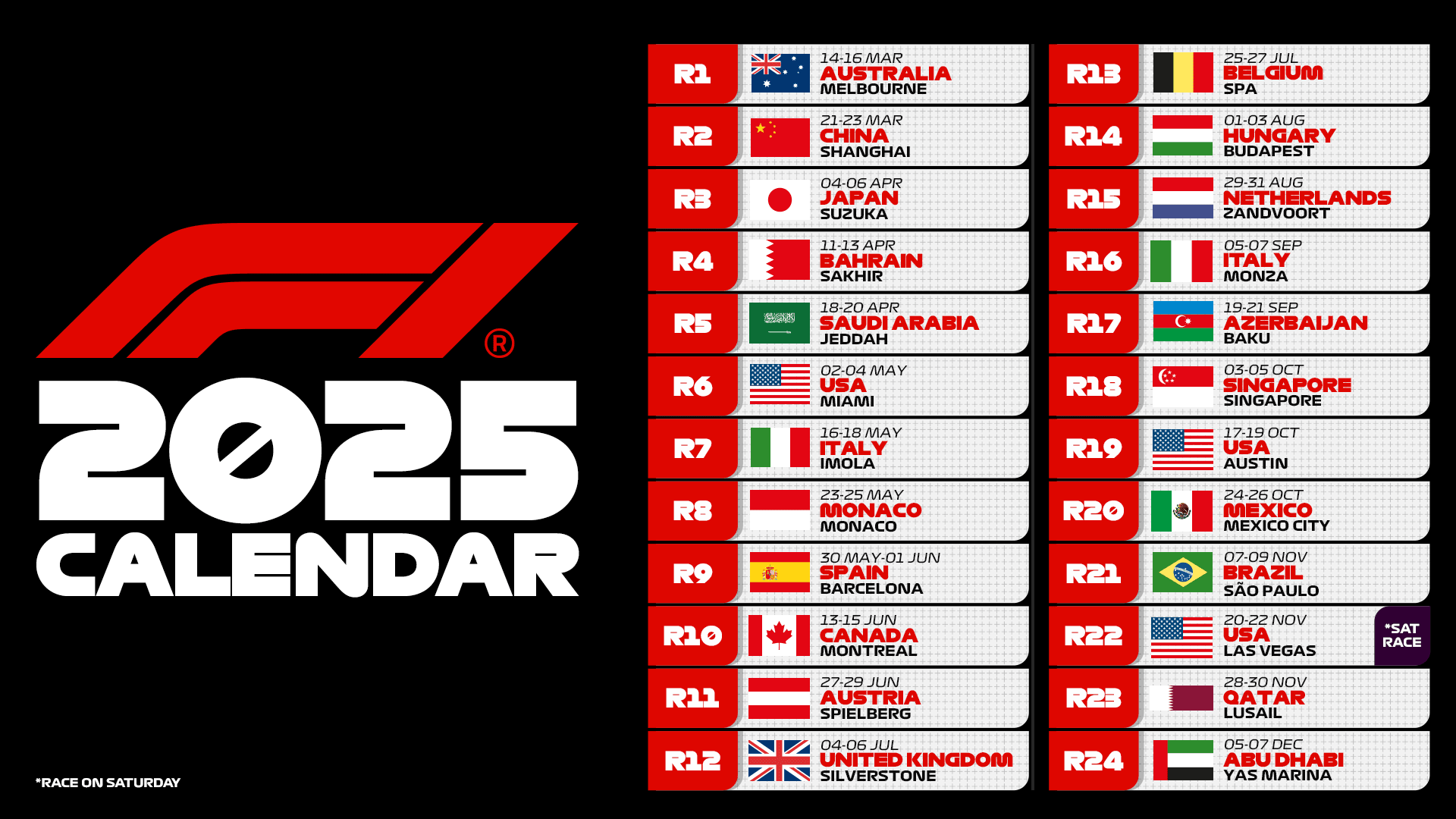Like the automotive industry, motorsport is moving towards progressive electrification. Even in categories with hybrid powertrains, the thermal component is becoming less significant than in the past, with the exception of the WRC, which recently took a step back to reduce costs.
In other four-wheel categories, such as WEC or Formula 1, hybrids play a key role. In Formula 1, for instance, the new power units debuting in 2026 will see an increase in the electric component, contributing up to 50% of the total power output of the cars.
Alongside hybrid powertrains are fully electric ones, such as those in Formula E. A hybrid system naturally differs from a fully electric one, but there are shared elements, such as the fact that energy recovered during braking passes through a battery before powering a motor-generator to move the car.
The battery itself is one of the most fascinating elements, not only because technological advancements have enabled significant progress in just a few years but also because each category has specific needs. Essentially, while every series uses batteries, not all batteries are suitable for every series.
This is a topic Motorsport.com discussed with Podium Advanced Technologies, the Italian company set to supply batteries for the upcoming Gen 4 Formula E cars. Podium already boasts extensive experience in other categories. Founded in 2011, Podium began its journey in motorsport by developing hybrid systems for cars competing in the 24 Hours of Nürburgring, such as the P4/5 Competizione, and later expanded to other series.
The Italian company contributed to the development of the SCG 007C, the Glickenhaus Hypercar that competed in the WEC for three seasons, collaborated with Audi on the RS Q e-tron that won the Dakar, and supplies batteries for MotoE, the fully electric motorcycle world championship that accompanies MotoGP.
This extensive experience has allowed Podium to deeply analyze the nuances of various championships. Their quality as a manufacturer also led the FIA to select them through a tender as the exclusive supplier of batteries for all Formula E teams starting in 2027.
Show your support for Scuderia Ferrari with official merchandise collection! Click here to enter the F1 online Store and shop securely! And also get your F1 tickets for every race with VIP hospitality and unparalleled insider access. Click here for the best offers to support Charles and Lewis from the track!
When it comes to batteries, the first major difference is the power profile, which varies depending on each series’ regulations and the distinct requirements of hybrid and fully electric systems.
Power Profiles and Dimensions: How Batteries Vary
“Each battery pack has its own unique characteristics, particularly in terms of power profiles—i.e., the amount of kW input and output and its ratio to the pack’s capacity,” explains Luca Ciancetti, co-founder and head of the Road Cars and Motorsport Business Lines at Podium, in an interview with Motorsport.com.
“In a hybrid system, the battery pack usually has a very small capacity measured in kWh because it needs to be lightweight. However, it also has a very high power profile since it must deliver significant power when in use. So, in a hybrid system, the C-rate—the indicator of power relative to the pack’s capacity—is high.”
For example, the batteries used in Formula 1 or the WEC, which feature hybrid systems, are notably compact compared to those in Formula E. In F1 or WEC, where internal combustion engines still play a major role and take up significant space alongside the fuel tank, the focus is on making battery packs as compact and lightweight as possible while maintaining effectiveness in terms of power output.
In Formula E, and more generally in fully electric series, much larger capacities are required to complete the race distance using only the energy stored in the battery. “Battery packs for electric applications typically have lower C-rates because they have large capacities. Even if they deliver high power, the power output is a small or relatively small multiple of their capacity,” adds Ciancetti.
Not All Cells Are Suitable
This difference in power profiles is a fundamental factor in how motorsport batteries are designed and built, starting from the initial project phase. Each pack comprises numerous cells, but not all cells are suitable for every application, making the selection of the right cell crucial.
“This has significant impacts on many areas, starting with cell selection. Not all cells can perform the same job, so the right cell must be chosen for the right application. There’s also the matter of connection technologies between cells, as different current levels between cells require different connection methods,” Ciancetti explains.
“We use various connection methods, such as laser or ultrasonic welding, selecting the most appropriate one based on the battery pack’s usage profile.”
Cooling Systems Vary with Power
The higher the power output, the greater the heat that needs to be dissipated, necessitating a dedicated cooling system. This presents a complex challenge for both hybrid and electric systems. In F1, for instance, where batteries need to deliver significant energy and are positioned to keep the center of gravity low and maintain aerodynamic efficiency, finding the right balance between reliability and performance is essential.
“The design and development of cooling systems vary depending on requirements because battery packs with very high C-rates generate a lot of heat in each cell, so an efficient way to dissipate that heat must be devised,” Ciancetti explains.
Podium begins battery development with a mathematical model that defines the main aspects of the system before delving into details. “We now live in an era where design is generally model-based. Whether it’s for a car or a battery, we always start with a mathematical model representing the system we’re designing,” Ciancetti says.
“In the case of batteries, the model of the cell, the module, and the battery pack has different inputs and characteristics depending on the cell we’ll use and the mission we need to achieve. From there, we start designing everything around the cell, including the module concept, cooling systems, connections, and other aspects.”













.png)

Leave a Reply